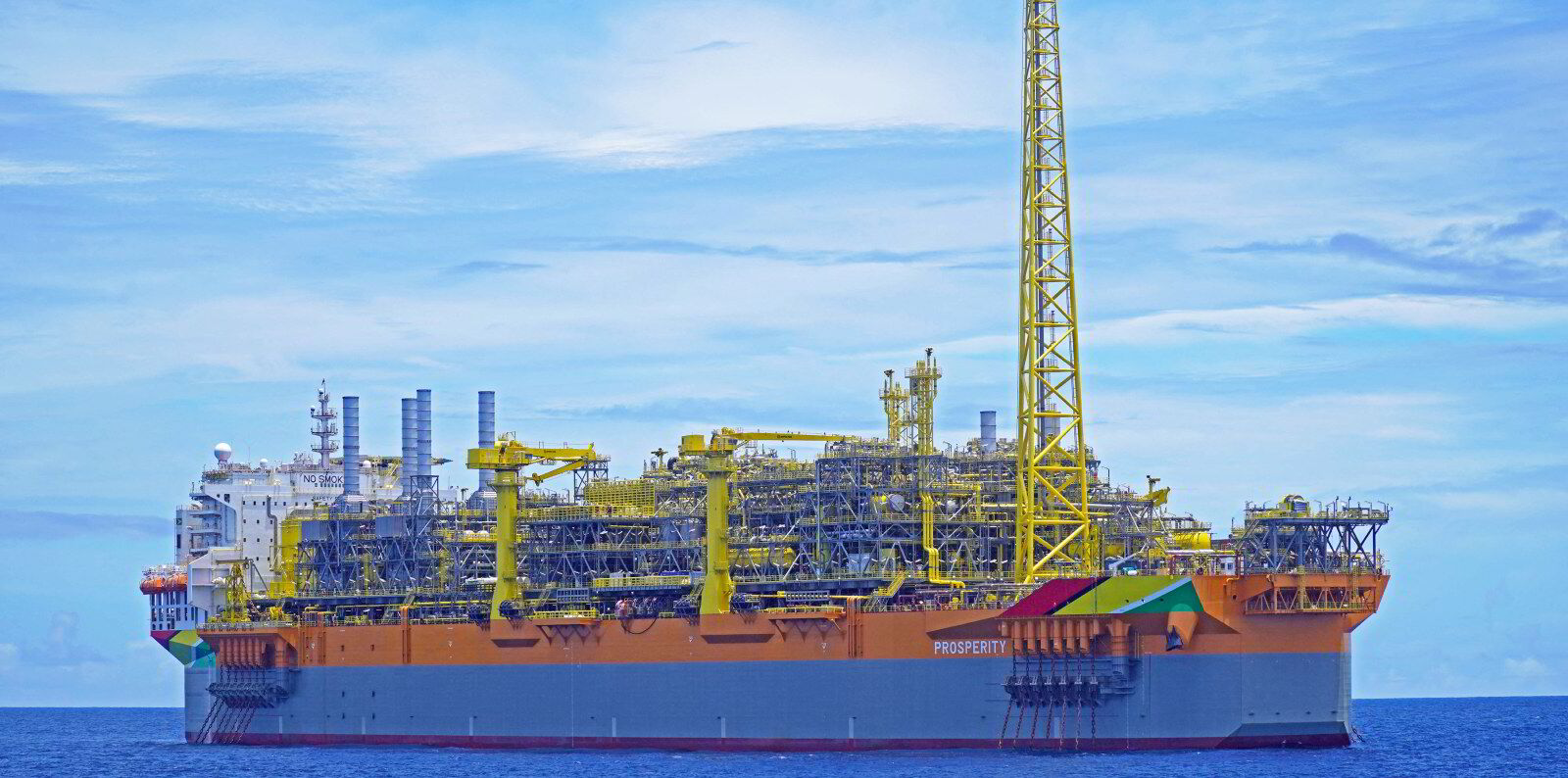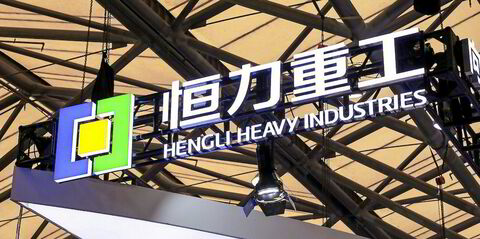Progress in South America’s refinery sector is failing to match up to development in its growing oil production, and the crude tanker sector could benefit.
That is the conclusion of Gibson Shipbrokers, which pointed to demand challenges within South America amid supply growth in Argentina, Guyana and Suriname.
The shipbroking house said that as the continent’s oil supply is expected to increase by 1.3m barrels per day by the end of the decade, virtually all of that is bound for export, since refining capacity will grow by only 100,000 bpd over the same period.
Argentina is gearing up up to join the VLCC club as a production project known as Vaca Muerta, Spanish for “dead cow”, comes to life.
Other nations are ramping up production as well. Guyana is playing a growing role and tiny Suriname is looking to follow, even as traditional exporters Colombia, Venezuela and Ecuador face challenges.
“Argentina plans to begin VLCC exports by 2026, whilst Brazil and Guyana grow to the end of the decade, subject to additional upstream investment,” Gibson said.
“Further upside potential could be seen if Venezuela is able to emerge from sanctions and reintegrate into the mainstream oil markets. Overall, the region remains a driver of tanker demand largely due to its export potential, with crude tankers likely to benefit to a greater extent than clean tankers.”
On the other side of the coin is refining.
“The region has struggled to make any meaningful progress in recent years,” Gibson said. “South America is also a major producer of biofuel feedstocks and could increasingly use its agricultural prowess to meet future domestic fuel demand.”
It said South America’s demand growth has been rocky, with economic volatility in Brazil, years of recession and hyperinflation in Argentina, and sanctions and authoritarian rule hampering Venezuela.
“All of this combined means that despite the size of the continent, demand growth is likely to remain slow and steady in the years ahead,” Gibson said.
Read more
- Guyana’s star rises in tanker markets. It even has its own ‘VLCC season’
- Algoma Central announces new finance chief as Peter Winkley retires
- KNOT Offshore scores bigger, newer shuttle tanker in swap with parent
- Eitzen links with BNP Paribas as 13-ship swoop rolls back the clock
- Eitzen Group strengthens chemical tanker position with 13-ship M&A deal




